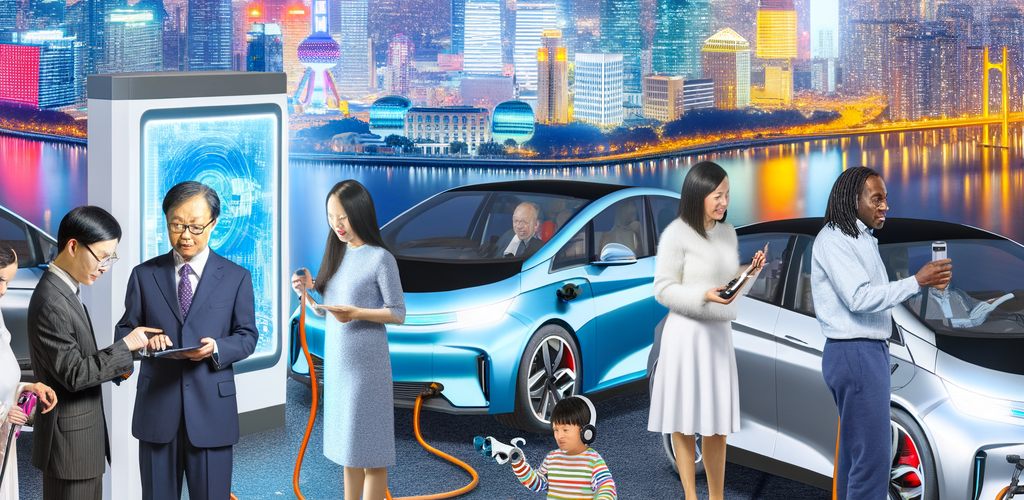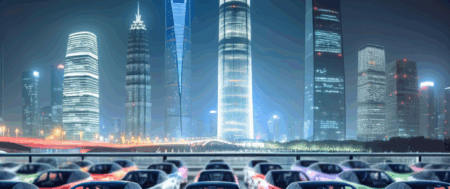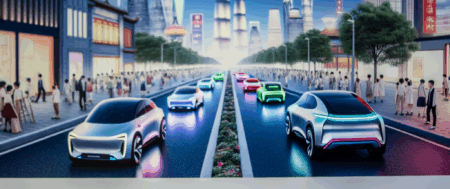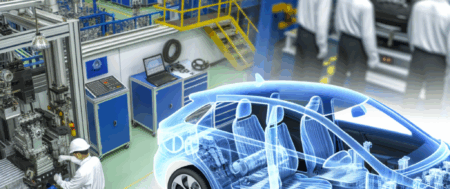China solidifies its status as the largest automotive market, fueled by a growing economy and rapid urbanization, drawing both domestic car brands and foreign automakers. The shift towards Electric Vehicles (EVs) and New Energy Vehicles (NEVs), supported by environmental concerns and government incentives, is reshaping consumer preferences. Technological advancements in battery technology and autonomous driving are intensifying market competition. Success hinges on strategic partnerships and joint ventures, navigating the regulatory landscape, and aligning with consumer behavior and technological trends. This dynamic market demands a deep understanding of local consumer preferences, leveraging government incentives, and capitalizing on opportunities through collaboration between local and international players.
In the realm of global automotive dominance, China secures its position at the forefront, boasting the title of the Largest Automotive Market. This accolade is not just in terms of sheer production volume but also mirrors the country’s skyrocketing sales figures. Driven by a growing economy, rapid urbanization, and an expanding middle class with increasing purchasing power, China has morphed into a pivotal battleground for the automotive industry. This market is not only appealing for its size but also for its dynamic evolution, underscored by a pronounced shift towards Electric Vehicles (EVs) and New Energy Vehicles (NEVs). This transition is largely fueled by government incentives aimed at curbing environmental concerns and promoting sustainable development.
The competitive landscape in China is a unique blend of domestic car brands and foreign automakers, the latter often entering the market through strategic joint ventures with local entities to navigate the intricate regulatory landscape. Such collaborations are essential, opening doors to the vast consumer base while aligning with the government’s stringent policies. The surge in EVs and NEVs further highlights China’s commitment to innovation, driven by consumer preferences leaning towards environmentally friendly and technologically advanced vehicles.
This article delves deep into the intricacies of China’s automotive sector, exploring key areas such as the surge of electric and new energy vehicles, the competitive dynamics between foreign automakers and domestic brands, and the critical role of joint ventures and strategic partnerships. Additionally, it sheds light on the impact of technological advancements, deciphers the regulatory landscape, and analyzes how global economic trends influence this vibrant market. Understanding China’s automotive industry is paramount for stakeholders looking to navigate its complexities and seize opportunities in the world’s largest and most dynamic automotive market.
- 1. “Navigating the Largest Automotive Market: China’s Growing Economy and Urbanization Drive Demand”
1. “Navigating the Largest Automotive Market: China’s Growing Economy and Urbanization Drive Demand”
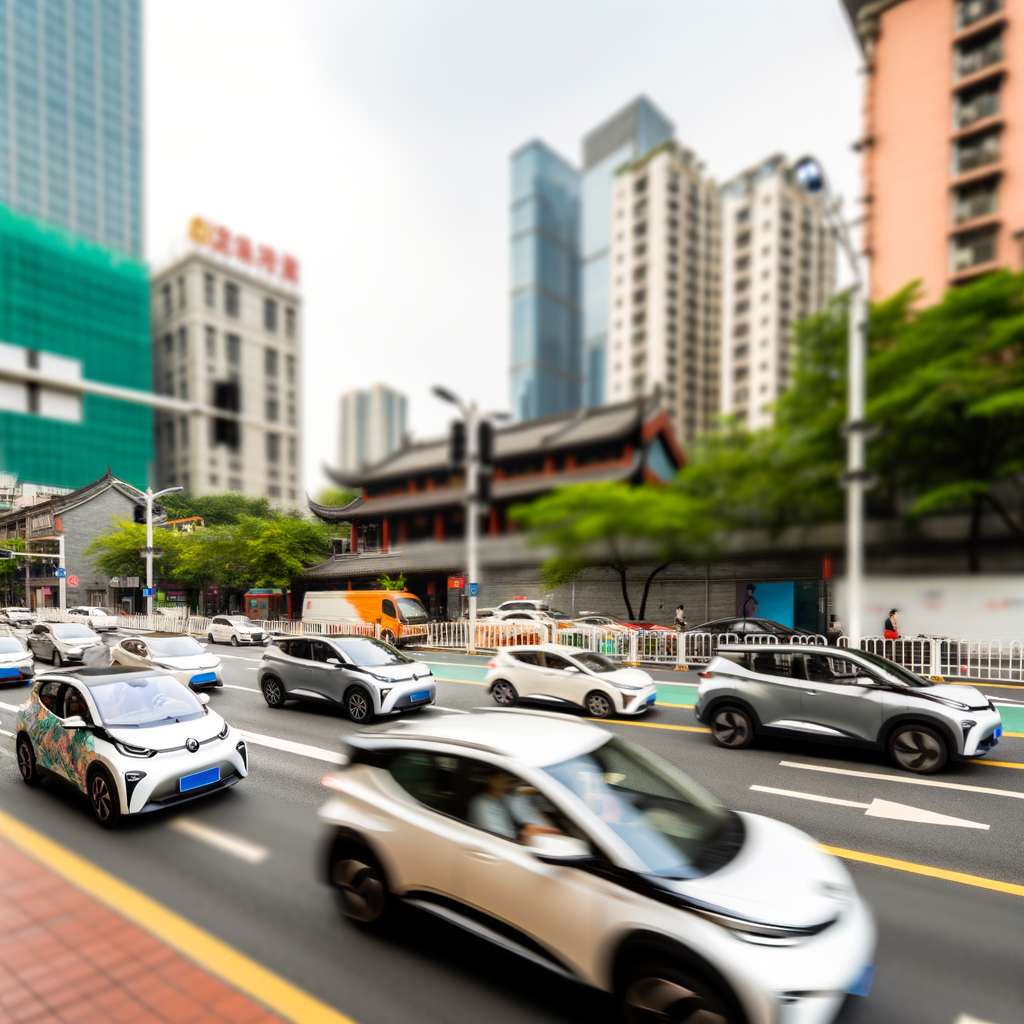
In the heart of the global automotive industry’s evolution, China stands tall as the largest automotive market, a title it has proudly held thanks to its top-tier production and sales figures. This remarkable growth trajectory is underpinned by the country’s rapidly growing economy and accelerated urbanization, creating an insatiable demand for both domestic car brands and foreign automakers. The allure of China’s vast consumer base and dynamic market conditions has led many foreign automakers to enter into joint ventures with local Chinese companies, a strategic move to navigate the complex regulatory landscape and tap into the lucrative market.
The burgeoning middle class, with its increasing purchasing power and environmental concerns, has shown a marked preference for Electric Vehicles (EVs) and New Energy Vehicles (NEVs). This shift is not just a consumer trend but is also heavily backed by government incentives aimed at promoting greener alternatives to traditional combustion engines. The emphasis on EVs and NEVs highlights China’s commitment to combating pollution and leading the charge in the adoption of clean energy vehicles.
Technological advancements play a pivotal role in shaping consumer preferences within the Chinese automotive market. Innovations in battery technology, autonomous driving, and connected car features are setting new standards, with domestic and foreign brands alike racing to meet the high expectations of Chinese consumers. The competitive edge in this market increasingly depends on a company’s ability to integrate cutting-edge technology with their automotive offerings.
Market competition in China is fierce, with a myriad of players vying for a piece of the pie. This competitive landscape is further intensified by the strategic partnerships formed between local and international companies. These alliances are crucial, not only for overcoming the hurdles presented by the regulatory framework but also for leveraging each other’s strengths in technology, manufacturing, and market distribution.
Understanding and succeeding in China’s automotive market requires a deep dive into local consumer behavior, staying ahead of technological advancements, and staying aligned with government policies. Environmental concerns and the push towards sustainability are reshaping the market, making it imperative for companies to adapt and innovate. As China continues to lead the way in urbanization and economic growth, its automotive market remains a beacon of opportunity and a testament to the country’s pivotal role in the global automotive landscape.
In conclusion, China’s position as the top and largest automotive market globally is a testament to its rapidly growing economy, expanding urbanization, and the evolving preferences of its burgeoning middle class. With an insatiable appetite for both domestic car brands and foreign automakers, coupled with a strong push towards Electric Vehicles (EVs) and New Energy Vehicles (NEVs) driven by environmental concerns and robust government incentives, China’s automotive landscape is both vibrant and challenging. The success in this market hinges on navigating the complex regulatory landscape through strategic partnerships and joint ventures, understanding and adapting to consumer preferences, and staying ahead of technological advancements. Foreign automakers and domestic players alike must remain agile, leveraging the opportunities presented by this dynamic market while addressing the challenges of intense market competition and the ever-changing regulatory and economic environment. As China continues to lead the way in the automotive industry, its market offers unparalleled opportunities for growth, innovation, and collaboration in the quest to meet the demands of its consumers and pave the way for a sustainable automotive future.
